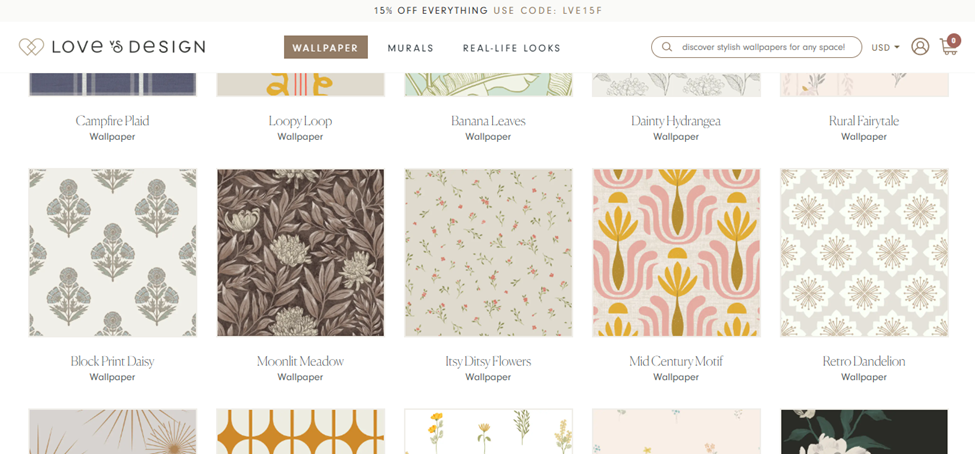How Big is a Master Bedroom Typically?
- Jayant Upadhyay
- Apr 14
- 3 min read
Updated: Jul 9

When it comes to outfitting a home, the master bedroom is often a focal point, serving as a sanctuary for relaxation, rest, and personal enjoyment. It’s not just about the bed and furniture; it’s about creating a space that feels comfortable and functional. But how big should a master bedroom typically be? In this blog post, we will explore average size ranges, factors that influence size, and tips for designing and maximizing space in a master bedroom.
Understanding the Average Size Range of Master Bedrooms
The average size of a master bedroom can vary significantly depending on where you live and the style of the home. In the United States, the typical master bedroom size ranges from 200 to 300 square feet. This is ample space for a king-sized bed, nightstands, a dresser, and additional decor.
Some modern homes even feature master bedrooms that exceed 400 square feet, allowing for more extensive furniture arrangements and design elements like seating areas or master bathrooms. For homeowners and designers alike, knowing these dimensions is crucial to room planning and design.

Factors Influencing Master Bedroom Size
Several factors can influence the size of a master bedroom, including:
Home Design and Architecture
The architectural style of a home greatly influences the size of the master bedroom. For example, ranch-style homes or open-concept designs typically provide larger master bedrooms compared to traditional two-story homes. A developer’s choice of layout can also dictate how much space is allocated to the master suite.
Geographic Location
The location of the home significantly affects its size. In urban areas, where space is often limited, master bedrooms may be smaller. Conversely, suburban or rural settings might allow for larger bedrooms due to more available land. Homebuyers should consider local trends when selecting a property.
Builder Preferences
Different builders have their specifications when it comes to home layout and size. Some prioritize larger living areas, resulting in smaller bedrooms, while others focus on spacious master suites. Researching local builders or home development companies can provide insight into these preferences.
Lifestyle Needs
A homeowner's personal lifestyle needs also come into play. If someone needs more space for furniture or opts for a reading nook or workout area, they might prefer a larger master bedroom. Those who value simplicity might thrive in smaller, well-organized spaces.
Effective Space Design and Layout Tips
Designing a master bedroom requires careful planning and thought. Here are some practical tips to help maximize the space effectively:
1. Select the Right Furniture
Choosing appropriately sized furniture plays a crucial role in creating an inviting master bedroom. Opt for a bed frame that fits well in the space and allows for free movement around the room. Consider multi-functional pieces, such as storage ottomans or nightstands with drawers.
2. Utilize Vertical Space
A common mistake is to neglect vertical space. Consider installing shelves or tall bookcases to create storage solutions that draw the eye upward, contributing to an illusion of height. This not only saves floor space but adds visual interest.

3. Create Zones
Defining specific areas within the bedroom can help make the space feel larger. For instance, setting up a cozy seating area in one corner and placing your bed on the opposite side can enhance visual appeal and utility. Use rugs to delineate zones without restricting flow.
4. Use Mirrors Strategically
Mirrors can provide an illusion of depth and space. Position a large mirror opposite a window to reflect natural light, making the room feel brighter and more open. A well-placed mirror can become a key element in visual design.
5. Stick to a Light Color Palette
Color plays a significant role in how spacious a room feels. Lighter colors, such as soft blues, whites, or pastels, can create an airy atmosphere. Dark colors can make a room feel cozy but may also shrink the visual perception.
6. Keep It Organized
A clutter-free environment can help maximize space effectively. Invest in storage solutions like under-bed boxes or discreet storage furniture. Ensuring everything has a place not only aids both functionality and style but also makes the room feel more spacious.
Conclusion: Your Master Bedroom, Your Oasis
Creating a master bedroom that feels both spacious and personal requires understanding average size ranges and how to optimize them. Remember, the context of your home, the design choices you make, and your personal lifestyle needs play pivotal roles in crafting the ideal space.
With careful planning and thoughtful design, your master bedroom can become more than just a place to sleep; it can serve as a retreat where you escape the hustle and bustle of everyday life. Happy designing!




Comments